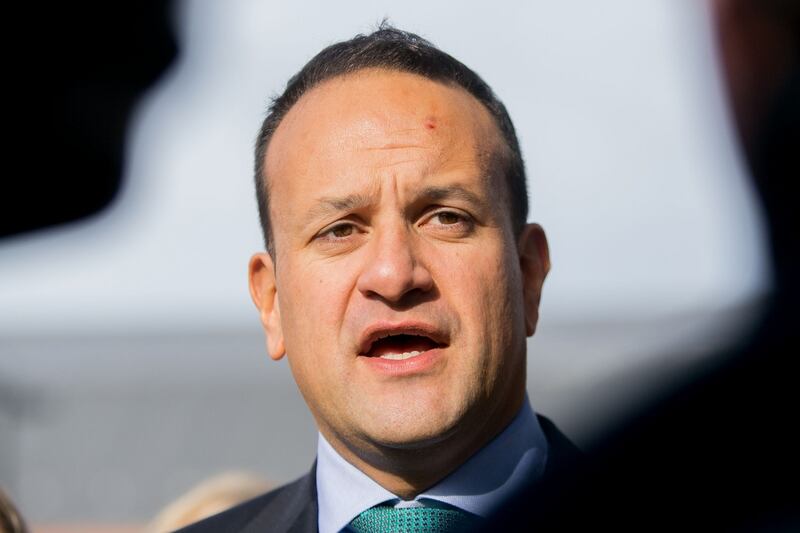It was April 2017 and the world was horrified by a chemical attack on the town of Khan Sheikhoun in northwestern Syria. Donald Trump, moved by pictures of dying children, proclaimed that despite his opposition to American involvement in Middle Eastern wars, he was a flexible person. “These heinous acts by the Assad regime cannot be tolerated,” he said. “The US stands with our allies across the globe to condemn this horrific attack.”
Within days, the US launched cruise missiles on a Syrian military base. Bashar al-Assad, the Syrian leader held responsible, was a “monster”, the American president concluded.
That same monster is now the main beneficiary of another act of flexibility by Mr Trump. Last week, the US president reverted to instinct. Without consulting anyone, he decided to withdraw the small US force in Syria, in effect providing a green light to Turkey to launch an assault on the US’s Kurdish allies.
Abandoned by the US, with whom they had fought to root out Isis from northeastern Syria, the Kurds’ choice was destruction or survival. On Sunday, opting for the latter, they turned to the regime in Damascus, inviting Mr Assad’s forces to the north to protect them from Turkey.
With his impulsive move - it was over pressure for a similar withdrawal that his then secretary of defence, Jim Mattis, had resigned back in December - the US president delivered the latest act of American mismanagement of Syria’s crisis.
The betrayal of Kurdish militants, whom Turkey oppose because they are linked to a group it has fought for decades, will rank high up there with Barack Obama’s notorious “red line” fiasco. This was his decision in 2013 not to punish Mr Assad for his use of chemical weapons, the red line previously set by the US. The irony is that Mr Trump struck Syria four years later in part to prove that he was more daring than his predecessor.
Mr Trump is not always wrong in his assessments - and neither was Mr Obama. Americans are tired of endless Middle Eastern wars and there is probably no reasonable chance of reconciliation in Syria. But allowing conflicts to fester is not an option either. Retreats, when necessary, also can be managed to protect allies and prevent chaos. Mr Trump, however, is committing the same mistake as Mr Obama, creating a vacuum that will be filled by enemies of the US.
In Mr Obama’s case, US hesitation on Syria contributed to the emergence of Isis. Now Mr Trump has jeopardised the successful campaign against the terrorist group, risking the escape of Isis fighters and associates from Kurdish-controlled camps. And he has opened the way for a brutal Syrian regime to reassert itself across Kurdish-controlled areas.
There are other implications that Mr Trump apparently had not thought through. When Mr Assad wins, so does Iran, the closest Syrian ally responsible for propping up the Damascus regime. Iran is the only state that the US president has consistently sought to undermine. His “maximum pressure” policy, however, seems to end at the Syrian frontier.
Russia too is gaining from the chaos unleashed by Mr Trump. Moscow has stepped in to reinforce its position as the powerbroker in Syria, negotiating the deal between the regime and the Kurds. Mr Trump may be an admirer of Vladimir Putin, the Russian president, but official US policy does not include bolstering Russian influence in the Middle East.
Also unforeseen by the president was the emerging new crisis between the US and Turkey. After giving Recep Tayyip Erdogan a green light for a military onslaught against the Kurds, Mr Trump was forced to manage the outrage of his Republican allies in Congress. His response on Monday was to slap sanctions on Turkish officials and threaten to double tariffs on steel exports.
As this Trump-made catastrophe unfolds, the president is discovering, too late in the day, the value of US power: a small force of 1,000 US troops had a considerable impact on the ground, keeping the peace in northeastern Syria and protecting Kurdish militants who were instrumental in defeating Isis. Such is the authority of the US when it chooses to exercise it. And such is the havoc wreaked when it withholds it.
Roula Khalaf is a Financial Times columnist
Financial Times Service













